











Beach Cleans
We have adopted Tan-Y-Foel Beach as part of the MCS Beachwatch project, and organise regular beach cleans. Data from the litter surveys is sent to the Marine Conservation Society – would you believe one of the most common items found on our beaches are plastic cotton bud sticks?
Keep an eye on our Facebook page for upcoming beach clean events, or email aquarium@angleseyseazoo.co.uk to enquire and join the mailing list!
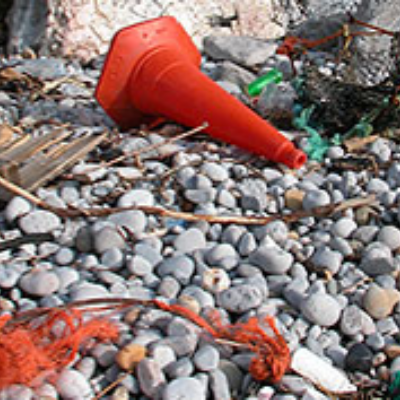
Keep Wales Tidy
Litter Hub
We’ve joined forces with Keep Wales Tidy (KWT) to become a registered Litter Hub!
Whether you want to spend a few hours with friends, arrange a work place team builder or even a larger community clean-up event, all you have to do is contact the Sea Zoo to borrow the equipment. Tools include litterpickers, hoops, hi vis vests and bin bags.
You will need to fill in and return an equipment loan form – we’ll also send you a risk assessment and relevant safety guidelines.
If you’d like to find out more, please call 01248 430411 or email aquarium@angleseyseazoo.co.uk.
We are also happy to provide equipment for schools or groups interested in doing a beach clean during their visit – click here for more info.
Why beach cleaning is important
- Some of our best-loved marine wildlife is under threat from the waste and litter in our seas
- Hundreds of species of marine wildlife accidentally eat or become tangled up in litter
- In addition to harming wildlife, litter on our beaches is hazardous to people and costs millions to clear up
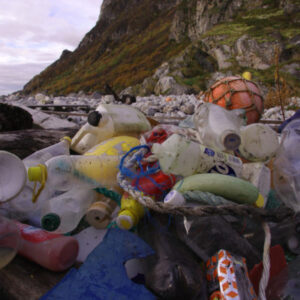
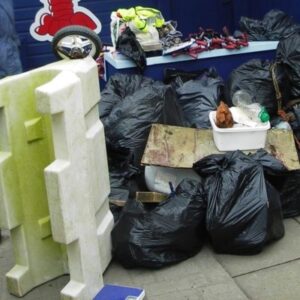
Plastic litter
- Plastic litter on beaches has increased 146% since 1994
- Plastic NEVER biodegrades, which means:
- All the plastic litter that has ever been thrown away is still out there
- Sources of litter: the public, fishing activities, sewage pipes and shipping
- BUT, all is preventable
ICC Top 10 Dangerous Debris collected worldwide
- Plastic bags
- Balloons
- Crab/Lobster/Fish traps
- Fishing line
- Fishing nets
- Plastic sheeting/Tarps
- Plastic rope
- Six-pack holders
- Strapping bands
- Syringes
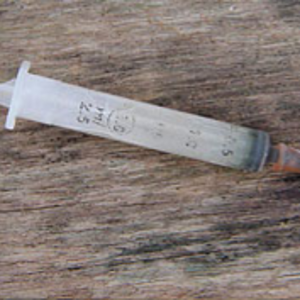
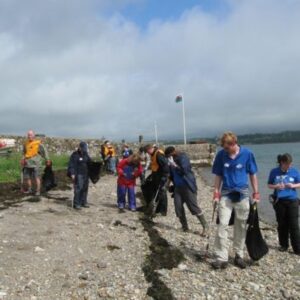
Our beach cleans since 2008
- Every year we have conducted at least 6 beach clean surveys
- With the help of at least 158 volunteers
- About 1000kg of litter is collected every year
- None of this could have been possible without help from Keep Wales Tidy, North Wales Wildlife Trust, Marine Conservation Society and various schemes on the island
Why is litter dangerous?
- 177 marine species are reported to ingest items of marine litter
- Plastic bags resemble jellyfish and can be ingested by animals such as sea turtles, dolphins and whales
- Because plastic doesn’t break down, it blocks up the animal’s digestive system and the animal dies of starvation
- When the animal’s body rots away, the plastic is released back into the sea – so the same plastic bag can carry on killing more marine animals
- Animals can also get tangled up in discarded fishing nets or lines – this can lead to severe injuries or drowning
- Discarded fishing nets can carry on “ghost fishing” for years
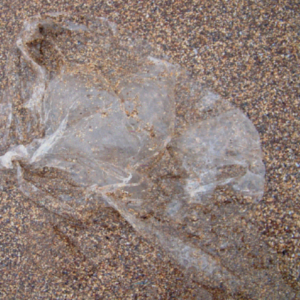
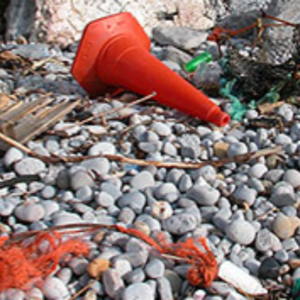
Microplastic litter
- Plastic never truly degrades – it only breaks down into plastic ‘dust’ which affects:
- Filter feeders, such as barnacles
- Deposit feeders such as lugworms
- Detritivores such as sandhoppers
- Microplastics then accumulate up the food chain, so we may end up ingesting our own plastic litter!
- Cosmetic products such as toothpaste and facial scrubs may also contain tiny plastic microbeads or “nurdles” which end up getting flushed into the sea and can be ingested by plankton feeders and small fish


